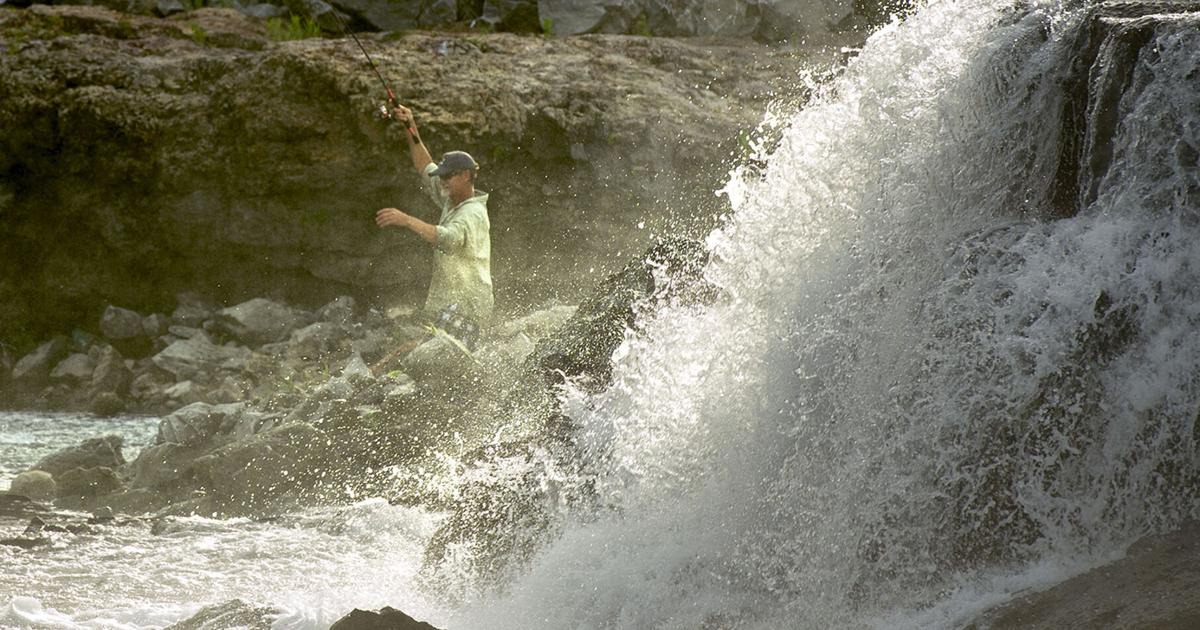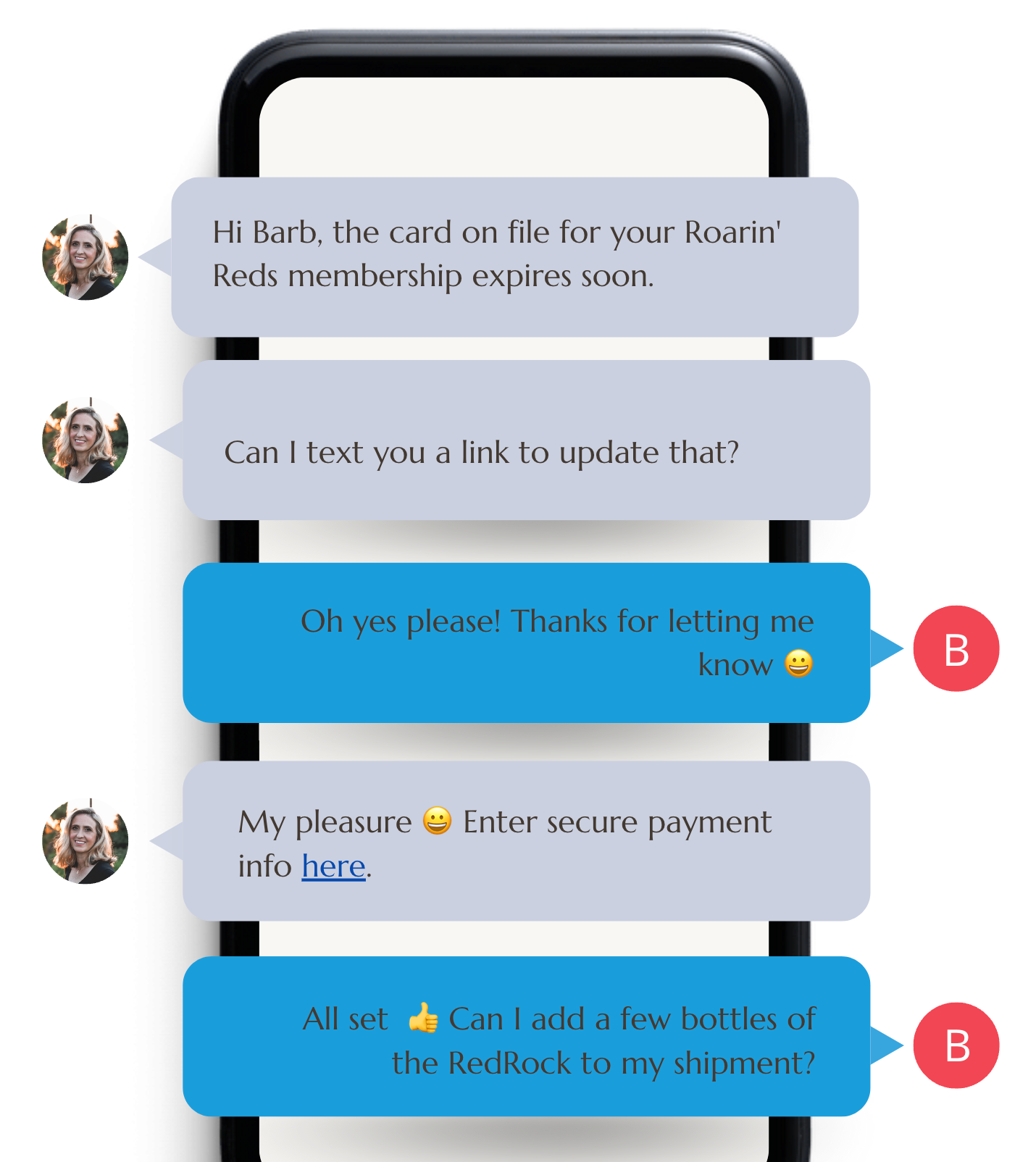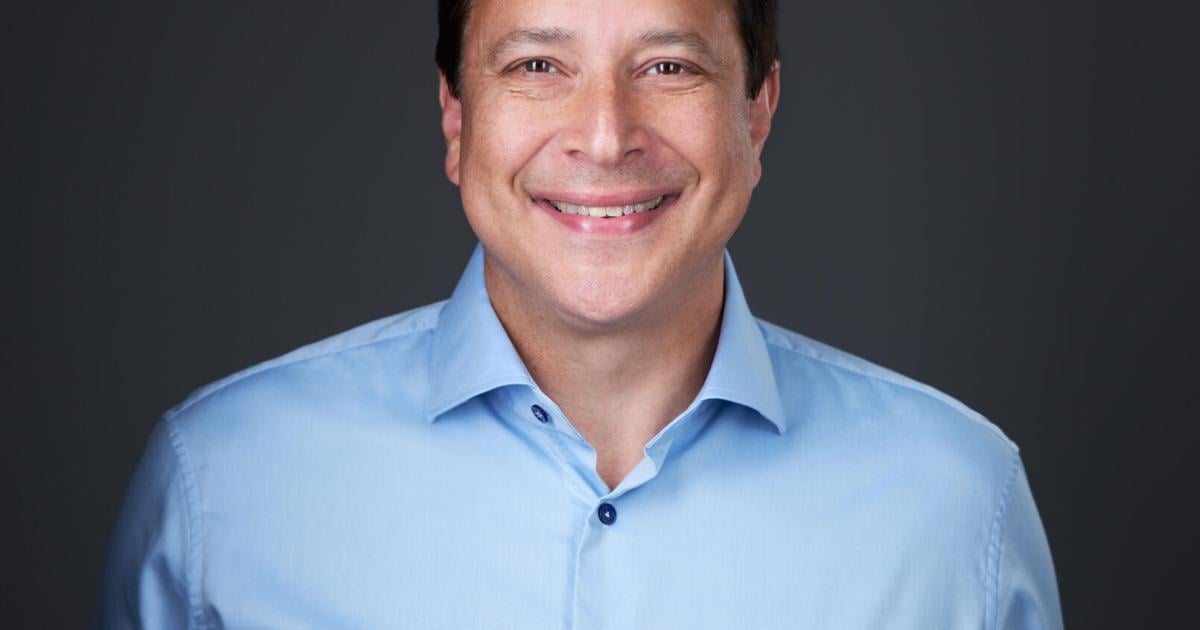Marketing the business of fun: Visitor profile to provide details of Joplin tourism | News

A serious look at those who come to Joplin for the business of fun will be taken to further local efforts at tourism and event marketing.
There are a few things that the Joplin Convention and Visitors Bureau knows about those who visit Joplin for that purpose.
For one, the top drive-to attraction here is Missouri’s only continuously flowing waterfall, Grand Falls.
Another is the sweet downtown attraction that is the No. 1 stop of bus tours — the Candy House Gourmet chocolate shop at 510 Kentucky Ave.
Other popular tourism sites in Joplin are:
• Route 66 with its original path that winds through Royal Heights and down Langston Hughes-Broadway to Main Street, or its later alternate designation on Seventh Street from the east city limits west to Kansas.
• The garage apartment at 3347 1/2 Oak Ridge Drive where Bonnie and Clyde and the famed Barrow gang hid out in 1933 and then shot their way out of town, killing two local lawmen in their getaway.
• The Tri-State Marker established by an 1857 survey crew. People can see the monument at the three corners of Missouri, Kansas and Oklahoma at the junction of the state lines on a gravel road off of Downstream Casino Boulevard near Exit 1 of Interstate 44.
But more details about those who come here or stop off in Joplin are to be collected and analyzed over the next year to provide a visitor profile that the Joplin Convention and Visitors Bureau, the Joplin Sports Authority and others can use to increase business.
Profile detailsInformation gathered will be available to those in the hospitality and tourism industries locally as well as elected officials, economic development organizations and community leaders. The findings will be used by the convention bureau and the Joplin Sports Authority to sustain existing programs and attract new tourism activities, said Patrick Tuttle, director of the bureau.
“The use of a visitor profile is to help in marketing efforts,” he said.
Guests will be surveyed while they are here, when they are leaving Joplin, or after their stay if they leave an email address where a survey can be sent.
The usual demographics — age, where they live, how long they stayed here and places they visited — will be gathered about visitors along with other information about their trip.
An analytical report on the information is expected to show visitor travel trends and how those can be used to increase the sale of room nights in the Joplin hotel market and to increase business for Joplin restaurants and retailers, Tuttle said.
To help with that task, the information can be used to determine where the Joplin Convention and Visitors Bureau and Joplin Sports Authority place advertising. If a number of visitors are from the same area, others from that locale might be more likely to plan a trip or attend an event here, Tuttle said, making it useful to place ads in that area. The information also will help target those making the decisions on travel and what types of people have the greatest impact. That way those at the local hospitality agencies and businesses can send direct marketing efforts to them.
Results of the study also will show when people are visiting and identify the peaks and valleys of visitor stays.
“It’s going to be the ‘who’ factor — who they are, where they’re from, and what they spend” to determine where marketing efforts should be concentrated, Tuttle said.
Data useOther organizations involved in events also will be able to use the data to grow their activities.
Each year, the convention bureau’s board of directors takes in grant requests and makes recommendations for funding of them to help pay for local events that could attract visitors from outside the city. Tuttle said the study will involve all the bureau grant recipients this year. Attendees will be identified through online registrations for the events and will be sent an online survey.
There are 17 organizations that have or will receive about $95,000 in grants for events and attractions.
For the Joplin Sports Authority, “the information is useful in a variety of ways,” said Jared Bruggeman, director.
“First, and most impactful, is seeing how we stack up regionally and nationwide with other sports commissions on access to facilities. In addition we can determine which facilities are the most underutilized as well as the direction we should examine on improving our facility inventory for hosting a variety of local, state, national and international events.”
There are three particular large events of the sports authority where survey efforts will be concentrated, Tuttle said.
Tuttle obtained City Council approval to commission the visitor profile study to be done by Downs and St. Germain Research of Tallahassee, Florida. The cost of the yearlong study is $75,000. That will be paid by a state grant of $22,500 obtained by the convention bureau and the rest from the bureau’s budget, composed largely of lodging tax revenue.
Surveying guestsCollection of data will start early this year and go through to about the same time next year.
Information will be gathered both from in-person interviews of those from out-of-town or from the area and by emailing surveys after a visitor has left Joplin to addresses they gave while here.
Survey questions will ask what drew visitors to the city, how long they stayed, how much they spent and what places they went to or saw while they were here.
The consultant will survey people from locations everywhere that are at least 70 miles away from Joplin as well as those who live within a 70-mile radius of Joplin but not within the city limits.
Then the report is expected to identify the top 25 origins of the visitors surveyed and their top 25 destinations here as well as their modes of travel.
While the Joplin Convention and Visitors Bureau has obtained some demographic information in the past to help plan and advertise events and attractions, “in 35 years of the city being involved in tourism we have never done an in-depth look at who comes into town, how long they stay and where they come from,” Tuttle said. “This is going to take a year to look at and we will survey people passing through town and staying in town and learn about their habits, destinations and spending ability. We are going to survey people at regular events and sporting events” and those who traveled here on Route 66 and the Interstate 49 corridor.
He expects the study to produce about 500 surveys every three months with about 2,000 in total received by the time the study is to be completed in June 2025.
The convention bureau board and representatives in the local hospitality industry and events had a meeting this week to identify recommendations of the events and attractions where the surveys should be taken.



